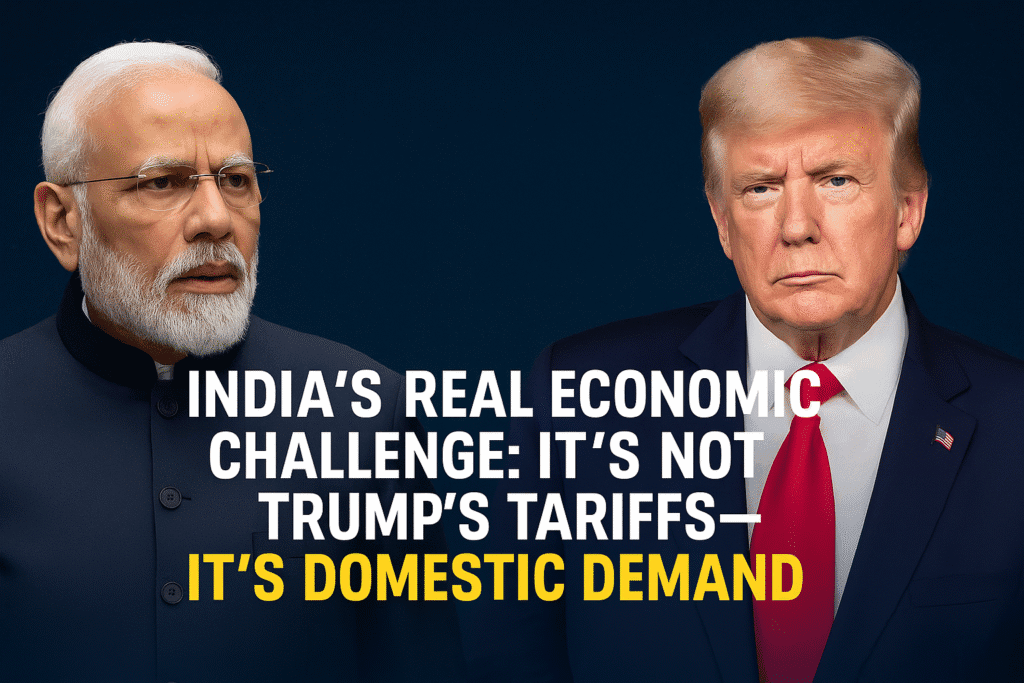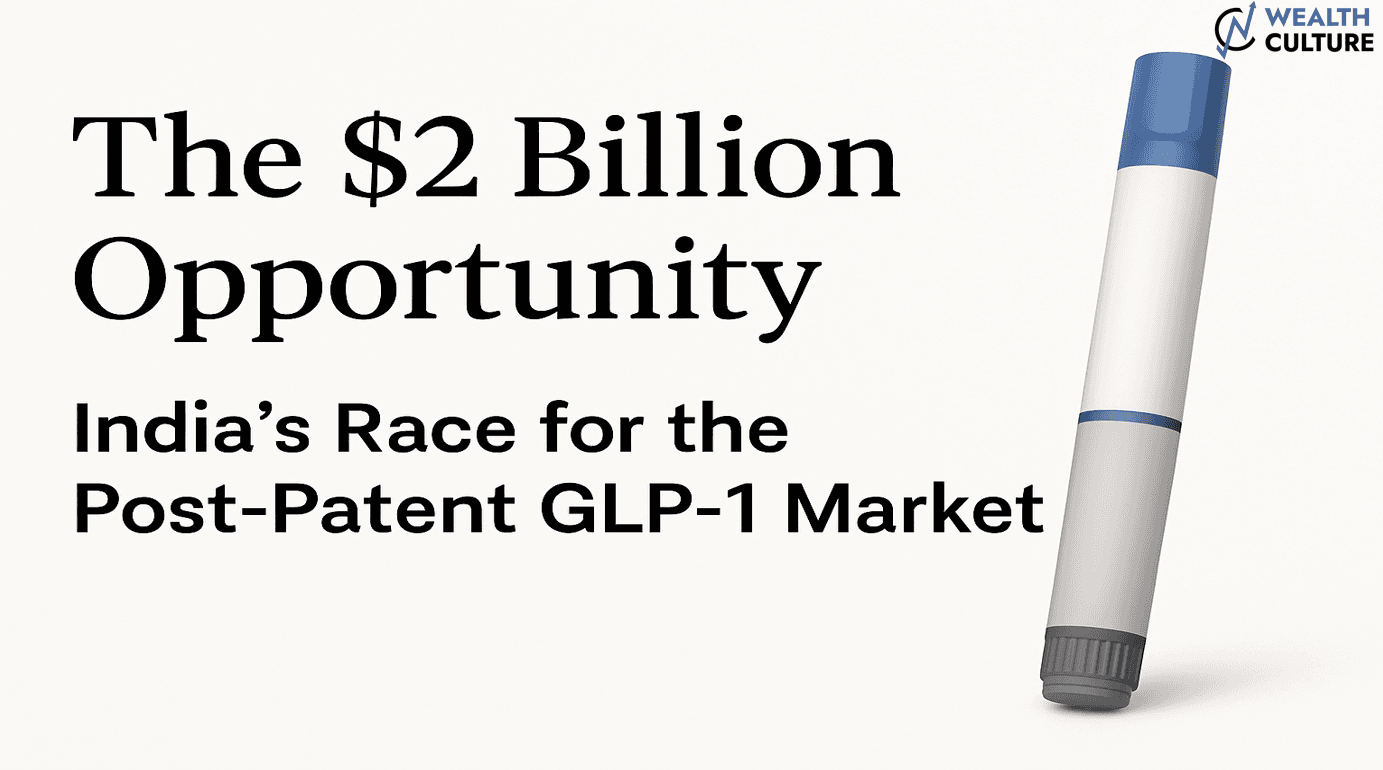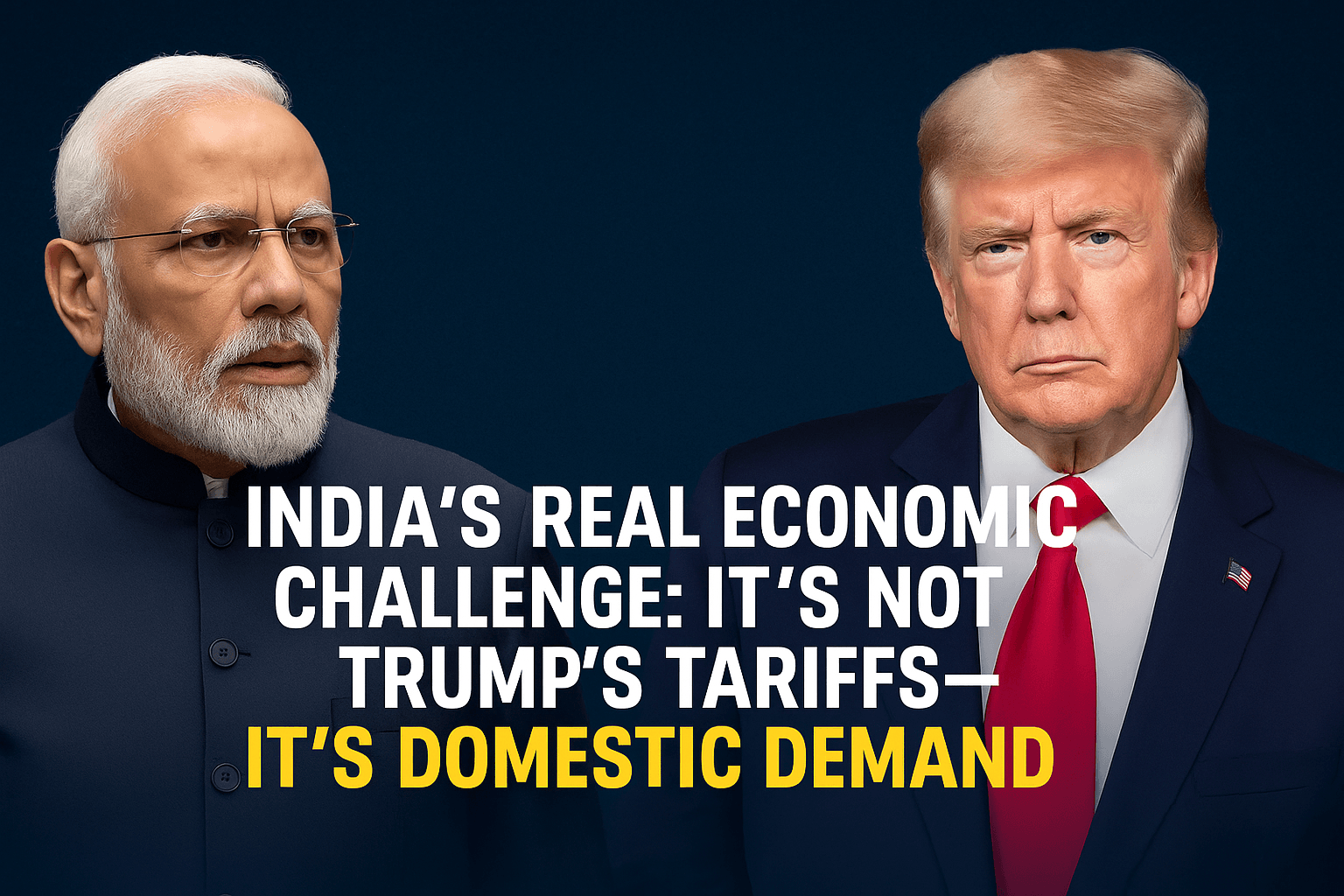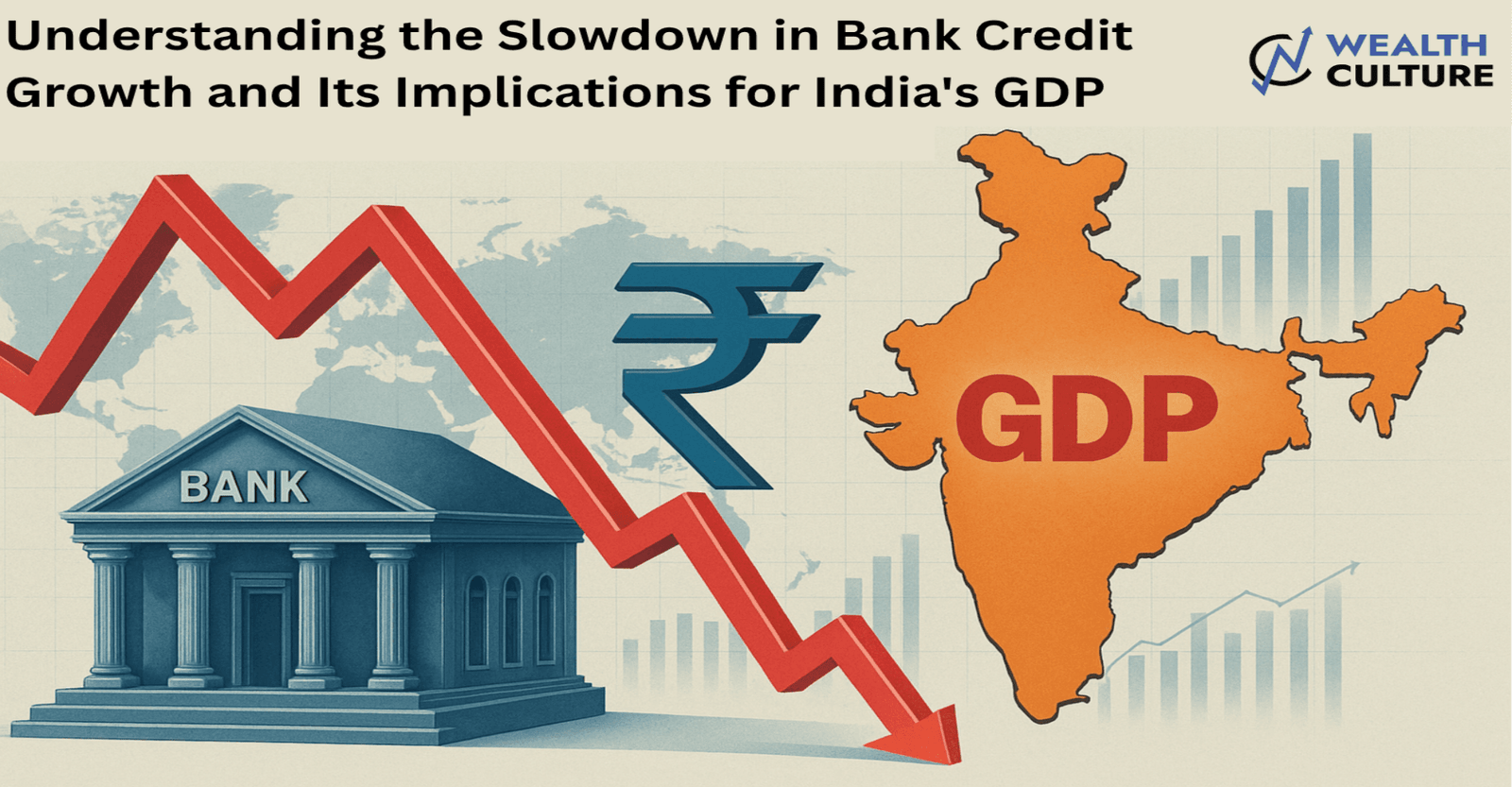On August 1, 2025, the United States will impose a 25% tariff on a broad set of Indian
imports, a move announced by former President Donald Trump that’s raising alarm bells across
Indian export sectors. While this decision undeniably affects India’s short-term export
momentum and could lead to higher prices for American consumers, the real story lies
elsewhere.
India’s more critical challenge isn’t external—it’s internal.
Several economists, policy experts, and industry voices agree that what matters more than
Trump’s tariffs is India’s domestic economic strength, especially consumption revival and
credit growth. As we navigate these turbulent shifts in global trade, it’s vital to understand both the sectors at risk and the strategic pivots needed within India’s borders.
Sectors Most Affected by the Tariff Hike
1. Smartphones, Electronics, and Components
India recently surpassed China as the top exporter of iPhones to the US, riding Apple’s “China
Plus One” strategy. The 25% tariff could impose a ~5% disadvantage on Indian electronics,
slowing this momentum. However, companies like Kaynes Technologies are mitigating this by
setting up US-based manufacturing—avoiding tariffs altogether.
2. Jewellery and Diamonds
Indian exports in this segment touched nearly $10 billion last year. With new tariffs pushing
total duties up to 52% (existing 27% + 25% new), India risks losing market share. Higher costs
may lead to order cancellations, especially hurting hubs like Surat and Mumbai.
3. Textiles and Apparel
The apparel sector, exporting $10.8 billion to the US, will become less competitive compared to Vietnam and Indonesia (which enjoy lower tariffs). Indian exporters are already seeing price
pressure and potential sourcing shifts by US buyers.
4. Auto Parts and Engineering Goods
Exports worth $2.2 billion in 2024 will now face full tariffs, hurting India’s auto and machinery
MSMEs. US auto manufacturers may also feel the heat due to rising input costs and supply
delays.
5. Agricultural Products and Seafood
Key items like shrimp, basmati rice, coffee, and tobacco (valued at $5 billion) are at risk.
Ecuador’s 10% tariff gives it a competitive advantage, especially in shrimp, threatening India’s
export leadership in this segment.
6. Chemicals
Exporters of fluoro compounds (Navin Fluorine, SRF) and benzene derivatives (Aarti
Industries, Vinati Organics) face tough challenges in the US market. However, domestic-oriented players (e.g., Deepak Fertilizers, GNFC) are immune.
7. Pharmaceuticals
India supplies 40% of all generic medicines to the US. While pharma hasn’t been hit by the
tariffs yet, potential disruptions could trigger supply issues for US hospitals, especially given
India’s dominant 45% share of the US generic market.
Sectors That May Remain Resilient
While several sectors face heat, some are expected to weather the storm:
1. Bulk agrochemicals and fertilizers (e.g., GNFC, Coromandel) are focused on domestic
demand.
2. CRDMO firms (like PI Industries) with long-term contracts may pass on tariff burdens.
3. Pharma firms with entrenched US relationships are strategically critical.
4. Diversifying exporters entering new geographies or investing in US production can
mitigate risk.
Why Domestic Policy and Demand Matter More
Here’s the crucial context: India’s economy is not export-driven. As economist Madhavi Arora
noted, India’s exports to the US accounted for just 2.3% of GDP in FY25.
India’s real growth engine lies in infrastructure, consumption, and domestic manufacturing.
As V.K. Vijayakumar succinctly puts it, India is “far more domestic than export-oriented.”
While tariffs can sting, they do not strike at the heart of India’s economic structure.
Recalibrating Manufacturing Strategy
This tariff shock is a reminder that India must evolve from “Make in India for exports” to “Make
in India for strategic strength.” Just as we built food and energy security, manufacturing
security must now become a national priority.
This means:
1. Investing in R&D and industrial innovation
2. Diversifying export markets (a “US-plus” strategy)
3. Encouraging local capacity building for global competitiveness
The Bigger Threat: Slowing Credit and Consumption
While tariffs make headlines, the more significant risk lies in India’s slowing credit growth.
Chief Economist Neelkanth Mishra warns that credit growth has dropped from 16.3% in
March 2024 to just 9.8% by May 2025, shaving 3% off GDP. Despite demand for loans, financial institutions remain risk-averse, restricting the flow of credit to consumers and
businesses.
This is where India must act fast. Without credit expansion, consumption revival will lag, and
so will growth.
What the RBI and Government Must Do
1. Loosen Liquidity
Ensure credit availability for MSMEs, real estate, and consumption-led sectors.
2. Boost Risk Appetite
Adjust regulations to support prudent but bolder lending.
3. Spur Demand
Consider targeted fiscal measures—wage hikes, rural income support, and consumption-linked incentives.
4. Expand Financial Inclusion
Broaden credit access in Tier 2–4 cities and rural areas to unlock latent demand.
5. Balance Inflation with Growth
Be cautious of excessive tightening that could choke recovery
Looking Ahead
The Trump tariffs are disruptive, yes—but they are temporary and sector-specific. India’s
broader economic trajectory hinges on how effectively we drive domestic consumption,
restore credit growth, and implement strategic policy choices.
Rather than panic over US trade aggression, we should treat it as a strategic prompt to:
1.Strengthen internal resilience
2.Build diversified, tech-led exports
3.Invest in a financially inclusive and consumption-driven economy
Final Thoughts
India’s growth story isn’t written in Washington. It’s authored here—on the ground, in our cities,
in our MSMEs, and in the policies that shape credit, innovation, and demand.
The sooner we shift our focus inward, the stronger our position will be outward.
If this resonates with you—or if you’re working in export-driven sectors, policy, MSMEs, or
finance—I’d love to hear your thoughts.









